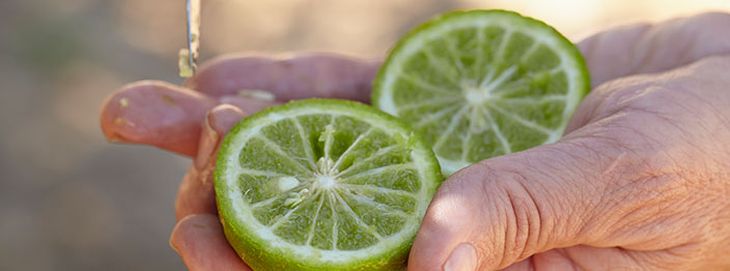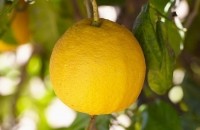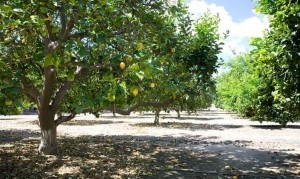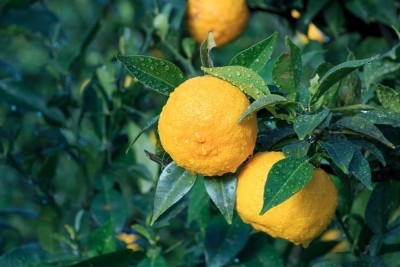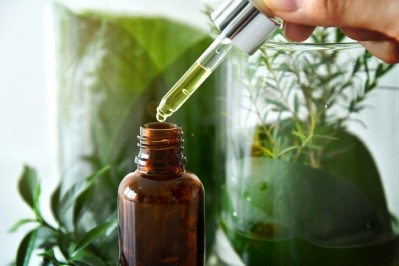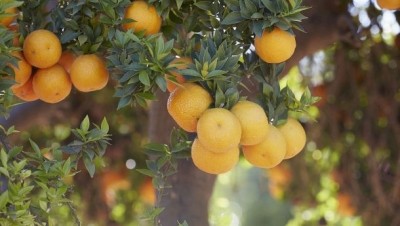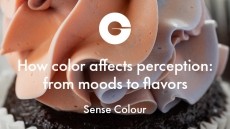60-second interview: Dawn Streich, global citrus product manager, Givaudan
Orange is the new black: Givaudan talks citrus flavor trends, from Amber lemon to Excalibur lime
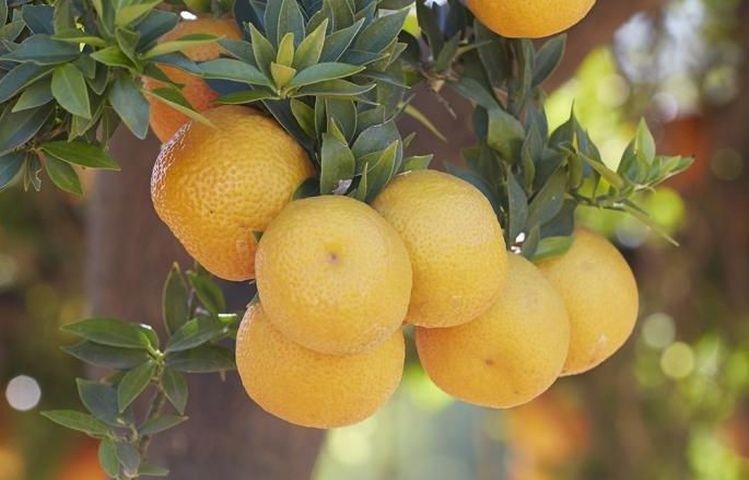
Indeed, it is so extensive that after more than 12 years spent mining its secrets, flavorists at partner Givaudan – the world’s largest flavor & fragrance company – have barely scratched the surface when it comes to unlocking its potential as a resource for developing new flavors. But the collection is under threat, global citrus product manager Dawn Streich (DS) told FoodNavigator-USA (FNU).
Streich was speaking to us after Givaudan donated $3.5m to support the collection and protect it from the impending threat of citrus greening disease (Huanglongbing, or HLB).
FNU: How big a deal is the UCR collection in the world of citrus, and for Givaudan specifically?
DS: It was started more than 100 years ago and it would be incredibly difficult to establish a collection like this today, because these days transferring plants from country to country is considered IP and they don’t move easily, which is part of what makes the collection so precious.
There are more than 1,000 varieties of citrus here, and we’re using the collection to study the flavor of genetic biodiversity, which gives us an almost endless opportunity to create more differentiating citrus flavors that consumers love.
FNU: How many of the varieties has Givaudan analysed?
DS: Out of 1,000+ varieties, we have only evaluated a little over 200… and even with those we haven’t fully been able to execute on all the possibilities. Pretty much all citrus fruits are made up of very similar flavor molecules, but it’s the balance and the ratio of those that make the flavors different from one another, so we have so much room to explore.
FNU: Does citrus greening disease threaten this collection?
DS: Pretty much all of the trees in California with the disease have been found in people’s backyards, but are not (yet) in commercial crops. The scary thing and the call to action for us came when three trees testing positive for citrus greening disease were found 2.5 miles away from the collection.
FNU: Why have you given UCR $3.5m?
DS: It’s part of our focus on biodiversity and creating a sustainable future for citrus and this collection, which is used to research citrus diseases, develop new root stocks and breed new citrus varieties. But all this is threatened by citrus greening disease.
Part of the money will be spent on a structure called a CUPS (citrus under protective screen) which has been used quite a bit in Florida and California for high value citrus. In this case we’re covering 2.8 acres we can grow the trees in the ground under the screen: call it a screenhouse, not a greenhouse. It keeps the Asian Psyllid [the insect which carries the bacteria responsible for the disease] out, but allows in sunshine and water. We hope to have it completed in early 2020.
FNU: How do you recreate the flavors in this collection to make commercial flavors?
DS: Citrus [components from commercial citrus crops] is the backbone of the natural flavors we make that are inspired by this collection, but we also use flavor molecules from other natural sources, because many of the citrus varieties here contain flavors you wouldn’t expect, such as earthy, spicy, herbal or floral notes.
FNU: If you’re recreating the flavors found in the collection using flavor ingredients from many natural sources, does that mean that they must all be listed as ‘natural flavors’ on the ingredients list, rather than, say, ‘Valentine Pummelo’?
DS: Yes, they are natural flavors that are inspired by the grove, so you can’t say Valentine Pummelo’ on the label. We’re focused on providing differentiating citrus flavors rather than enabling customers to make label [specific fruit origin] claims.
FNU: Is citrus still popular as a flavor?
DS: Citrus continues to be very very popular all over the world; it has a connotation of healthy and natural and continues to grow in popularity, particularly in beverages.
FNU: What citrus flavor trends are you excited about?
DS: Consumers don’t want the same old orange. They want unexpected flavors. A great example is the Valentine Pummelo, a hybrid developed by UCR’s breeding program that is a cross between a pummelo, a blood orange, and a mandarin. It has this amazing grapefruit, green, tropical type mandarin flavor, which we find to be just fascinating, so we’ve done a lot of work on that. It works really well in things like flavored waters or isotonic sports beverages.
Amber [Eureka] lemon is also one of my favorites. It is a low acid variety with orange and lime notes, and works really well in cocktails and lemonade.
Another one of my favorites is the Ellendale tangor - a cross between a tangerine and grapefruit, which has a beautiful orange candy mandarin profile that’s perfect for a children’s drinks.
The Excalibur red lime hybrid - which is not a true lime - is very interesting because it has the limey notes, but also a bit of a grape profile.
Tango mandarin is a variety that we’ve worked with for a while from UCR’s breeding program. It was released to the nurseries in California in 2008 and has been gaining popularly throughout California. It is particularly delightful because it has this really complex flavor.
The Givaudan Citrus Variety Collection includes over 1,000 types of citrus, and occupies 22.3 acres on the University of California, Riverside campus, as well as two smaller remote sites.
The fruits grown at UCR do not in themselves get transformed into flavors, but provide a kind of sensory library of possibilities that Givaudan’s flavorists capture, and then replicate using raw materials from commercially grown citrus varieties and other natural ingredients, from blossom to fruits outside the citrus family.
Flavors inspired by the collection include Ponkan Mandarin (think orange candy), Castagnano Bergamot (think citrus combined with Earl Grey tea), Delhi Lime (inspired by lime-based beverages sold on the street in Delhi and Mumbai), Valentine Pummelo (inspired by a heart-shaped hybrid in the UCR collection), Sakurajima Mikan Mandarin (from Japan), Kumquat Meiwa (from China), Sanguinelli Blood Orange (from Spain) and Perão Sweet Orange (from Brazil).
Citrus greening disease (HLB) – which has devastated citrus crops in Florida and other key growing regions - is caused by bacteria (carried from tree to tree by insects called psyllids) which attacks trees’ vascular systems, making it hard for them to transport nutrients from the soil to the plant.
Many different strategies are being explored to tackle it, from the development of genetically engineered HLB tolerant varieties, to antibiotics such as streptomycin and oxytetracycline, and containment measures to try to stop it from spreading.
Building flavors, one block at a time Givaudan’s proprietary miniVAS (virtual aroma synthesizer) machine allows flavorists to replicate the flavors they capture from citrus varieties in the grove by using oils, essences and other flavor components from multiple natural sources, and then compare their creations directly with the source material.
Flavors are built from many different attributes (eg. zesty lime, woodiness, carroty), flavor building blocks which are loaded into cartridges in the miniVAS. Air is passed through a central column that they all join and the aroma makes its way up into a plastic nozzle into your nose.
You can then dial up the woodiness, dial down the orange blossom, dial up the sulfurous notes and so on, until you hit upon a profile you like, and then save that profile (which logs the exact ratios of all of those building blocks) in a computer file.
A Givaudan flavorist sitting with a customer on the other side of the world, can then access that file, program her miniVAS machine to the same settings, and be able to smell exactly what her colleagues 3,000 miles away can smell, at the same time.
